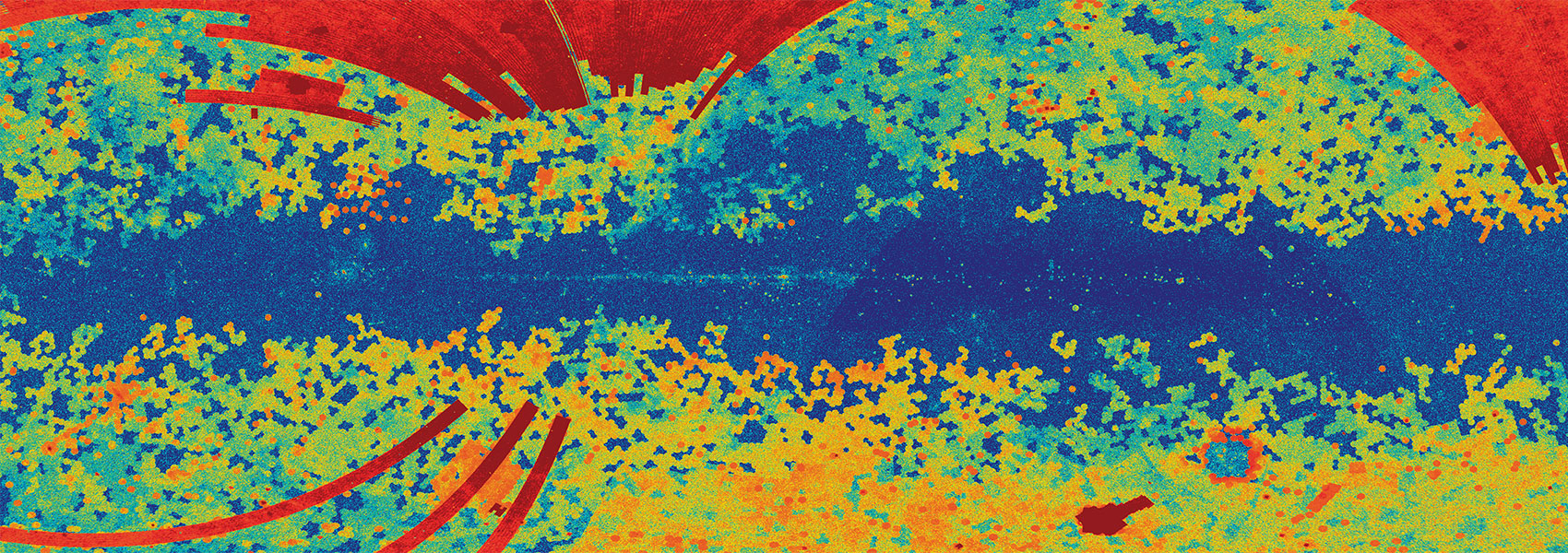Exploring the Diversity of Dark Matter Profiles in Dwarf Galaxies // Dark matter-only simulations predict that dark matter halos have steep, cuspy inner density profiles, while observations of dwarf galaxies find a range of inner slopes that are typically much shallower. There is debate about whether this discrepancy can be explained by baryonic feedback or if it may require modified dark matter models. To explore this problem, we obtained high-resolution integral field Hα observations for 26 dwarf galaxies with M_* ~ 10^9.3 Msol, and CO kinematics with CARMA for a subsample of 11. We model the total mass distribution as the sum of a generalized Navarro-Frenk-White (NFW) dark matter halo and the stellar and gaseous components. Our analysis of the slope of the dark matter density profile focuses on the inner 300-800 pc, chosen based on the resolution of our data and the region that can be resolved by modern hydrodynamical simulations. The inner slope measured using ionized and molecular gas tracers is remarkably consistent, and it is additionally robust to the choice of stellar mass-to-light ratio. We find a range of dark matter profiles, including both shallow and steep slopes, with an average slope of ⍴_DM~ r^(-0.8), only moderately shallower than NFW. We find dark matter profiles that are typically steeper than those observed for lower mass galaxies with M_* ~ 10^7.5 Msol, and also steeper than simulations with baryonic feedback, such as FIRE. Future work will include analyzing the diversity of our dark matter profiles in the context of self-interacting dark matter models.



